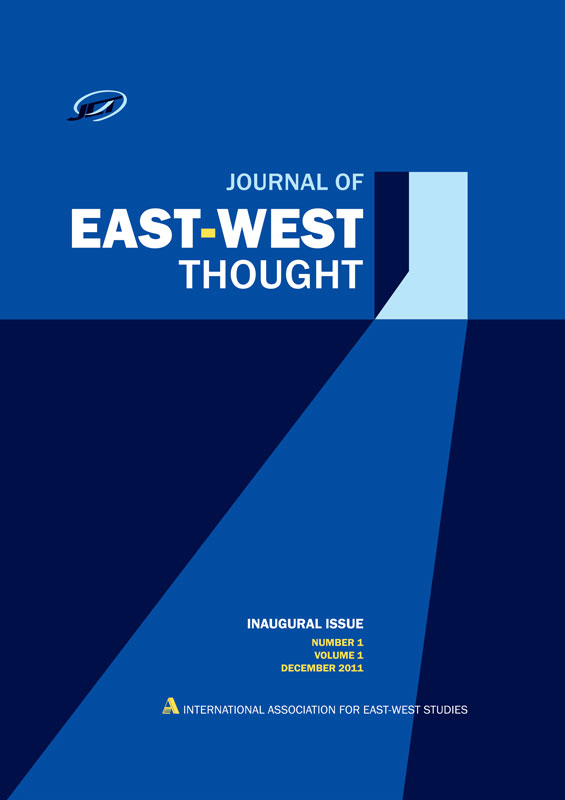Review on Quantitative Structure-Activity Relationships (QSAR) for the Adsorption of Organic Chemicals onto Soil
DOI:
https://doi.org/10.7492/4a3snn86Abstract
The adsorption of organic chemicals onto soil is a key process that affects their environmental fate, mobility, and potential ecological risks. Accurate prediction of soil adsorption coefficients (Koc) is essential for environmental risk assessment, pollution control, and regulatory decision-making. Quantitative Structure-Activity Relationship (QSAR) modeling has emerged as a powerful computational tool for predicting the adsorption behavior of organic chemicals based on their molecular structures and physicochemical properties. This review explores the fundamental principles, methodologies, and advancements in QSAR modeling for soil adsorption studies. It discusses various modeling approaches, including linear regression, Random Forest, Neural Networks, and Hybrid QSAR techniques. Key molecular descriptors such as Log P, molecular weight, hydrogen bonding capacity, and dipole moment, along with environmental factors like soil pH, organic matter content, and texture, are analyzed for their impact on adsorption behavior. The review also highlights recent advancements in machine learning-based QSAR models that improve prediction accuracy and applicability to diverse chemical classes. Furthermore, it addresses challenges in model validation, data availability, and regulatory acceptance. Future perspectives emphasize the integration of big data, deep learning, and mechanistic modeling to enhance QSAR predictions. This review underscores the significance of QSAR modeling as a cost-effective and reliable tool for assessing chemical-soil interactions and supporting sustainable environmental management.




